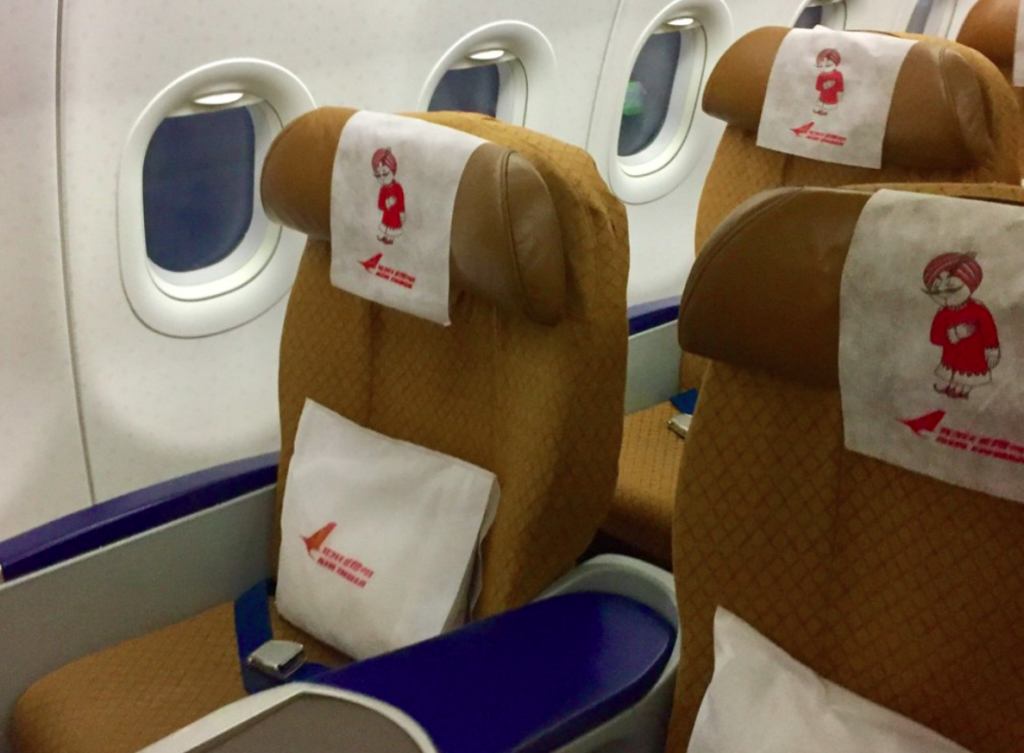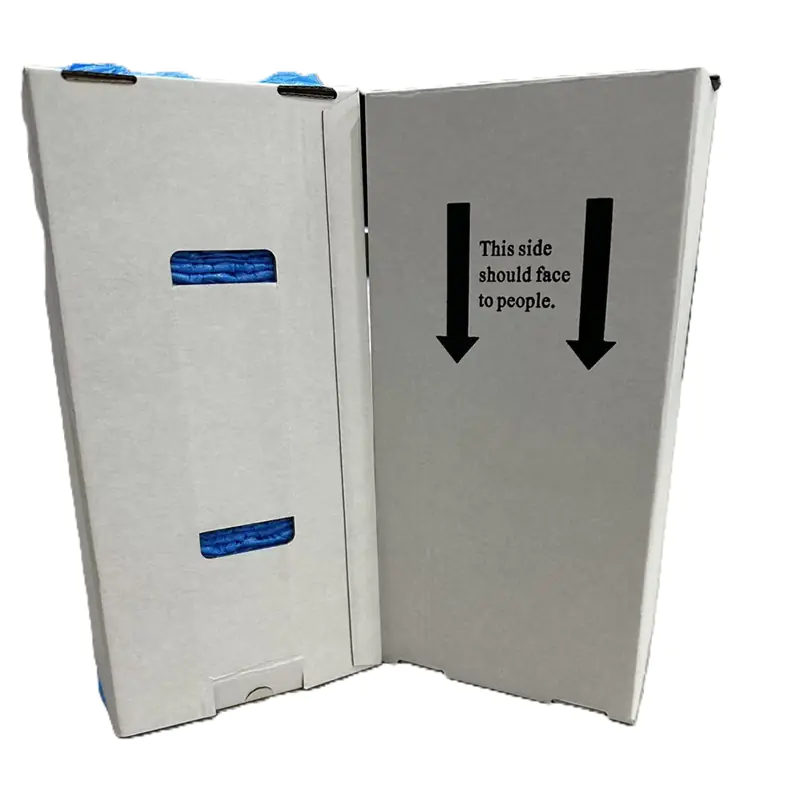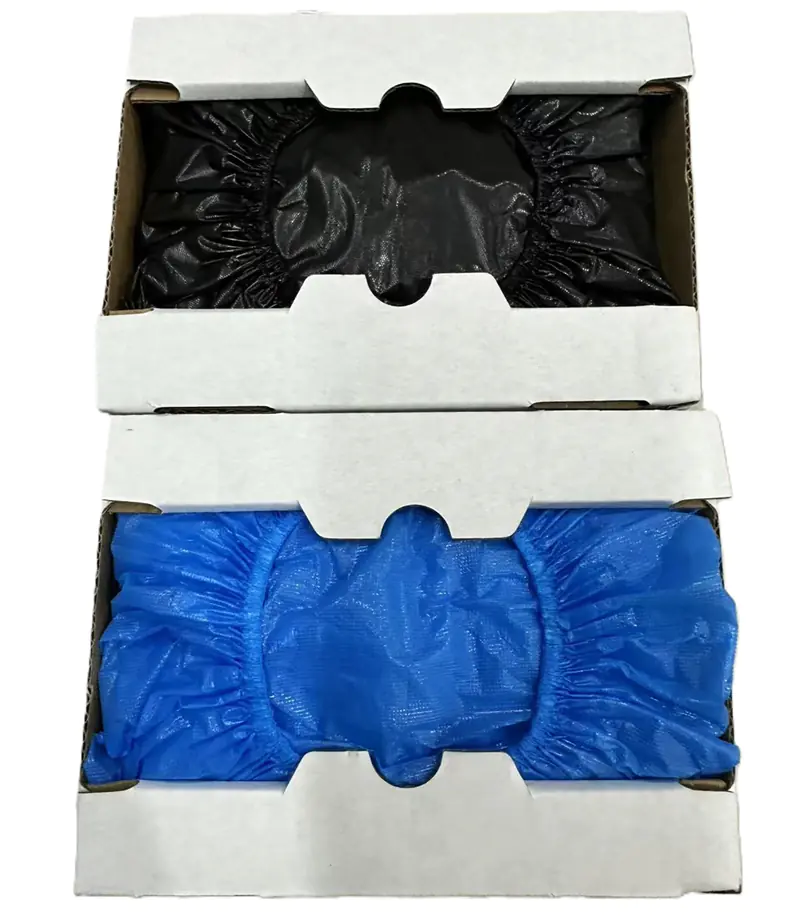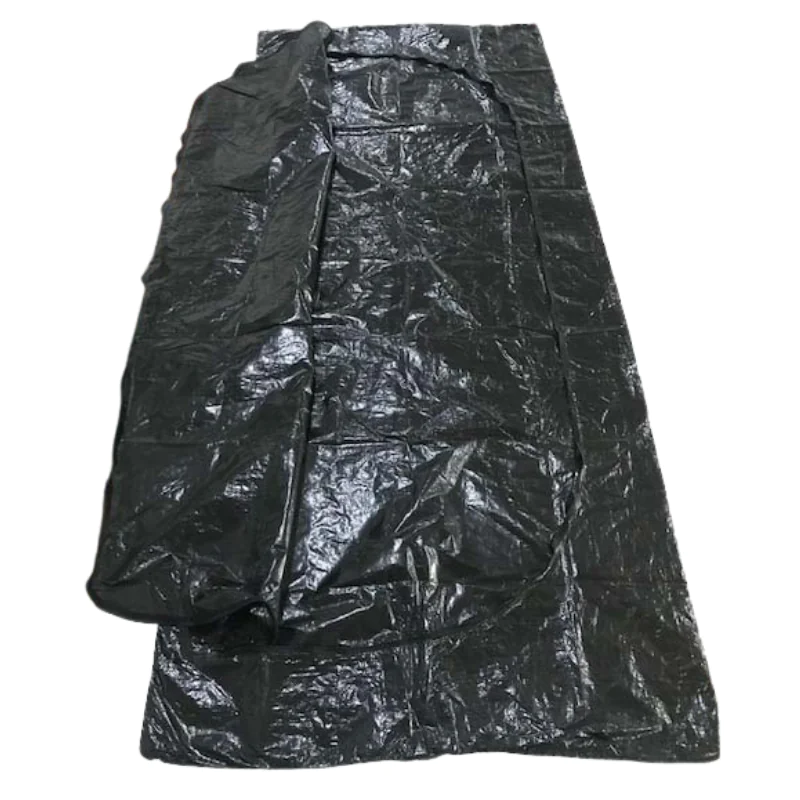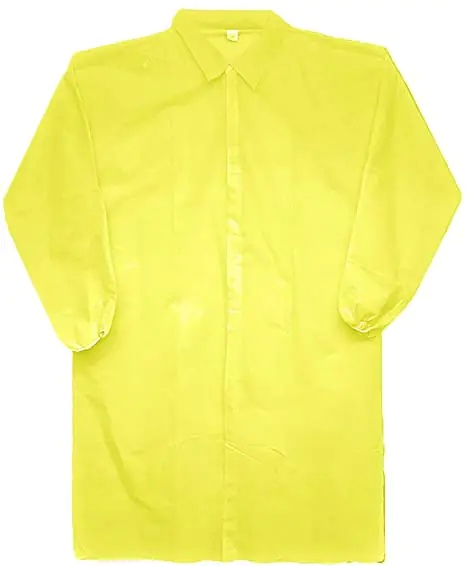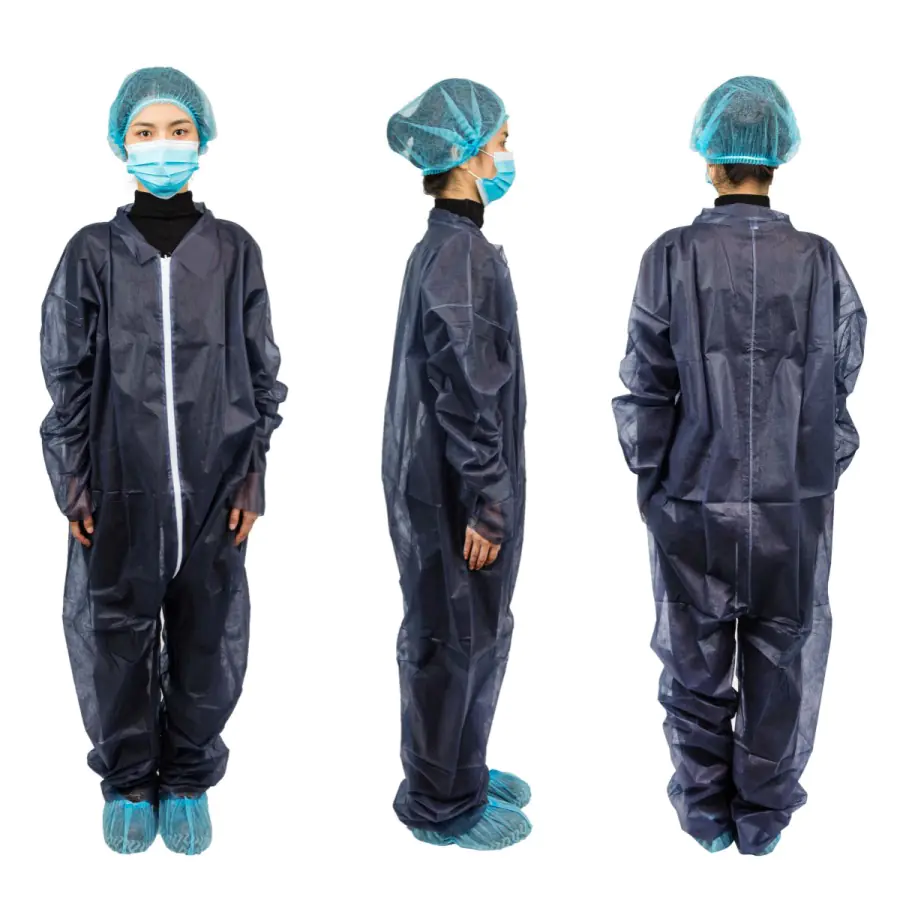Flying on an airplane is fun. People travel in planes to far places. Planes take people to new cities. They help us visit family. They help us travel for fun or work.
Airplane rides need to be safe. Planes have many rules. These rules are called airline regulations. They help keep people safe. One rule is using disposable airplane headrest covers.
Disposable airplane headrest covers are used to cover seats. They cover the part where people put their heads. These covers protect people. They help keep airplanes clean. In this article, we will learn:
- Why airplanes use disposable airplane headrest covers
- Rules for keeping airplane seats safe
- How headrest covers help keep airplanes clean
- Benefits of using disposable headrest covers on airplanes
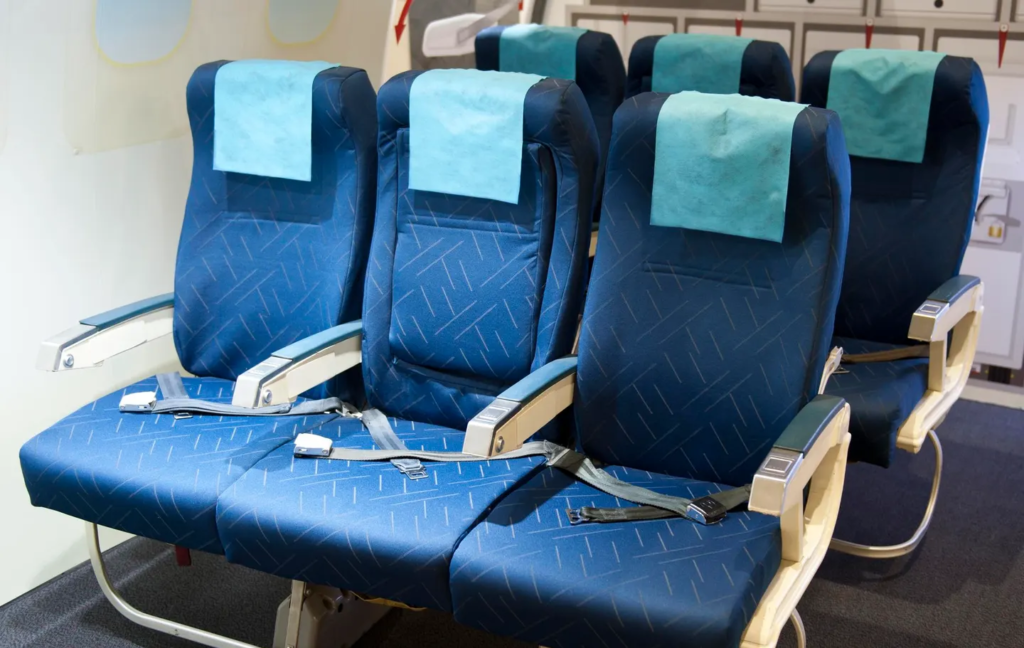
Why Airplanes Use Disposable Airplane Headrest Covers
Airplanes have many seats. People sit close to each other. They share the same seat. Airplane companies want people to be safe. They want the airplane seats to stay clean.
Little things called germs can live on airplane seats. Germs are tiny. We cannot see germs. But germs can make people sick. Using new covers for each passenger stops germs from spreading.
Disposable airplane headrest covers help airplanes meet important safety standards. Standards are rules airplanes must follow. Safety standards keep airplanes safe and clean.
What Are Safety Standards?
Safety standards are important rules. They help make sure airplanes stay clean. They tell airplane workers how to clean seats. They also say what things can help keep airplanes safe. Disposable airplane headrest covers help airplanes follow safety standards.
What Are Airline Regulations?
Airline regulations are special rules airplanes must follow. They tell airplane workers what they must do. Regulations tell what to do to keep airplanes nice for passengers.
Airline regulations say airlines must:
- Keep seats clean
- Change covers between flights
- Check all seats for safety
Disposable airplane headrest covers help airplane companies meet these regulations.
How Disposable Airplane Headrest Covers Work
Disposable airplane headrest covers are covers used one time. They come in nonwoven and spunbond materials. These are soft and safe materials. They help people feel cozy.
After each flight, airplane workers take away used covers. Then they put new covers on each seat’s headrest. New covers help the next passenger stay clean and safe.
Benefits of Using Disposable Airplane Headrest Covers
Disposable airplane headrest covers give many benefits:
- Cleanliness: Stops germs and dirt from going to passengers.
- Comfort: Passengers feel happy knowing seats are clean.
- Safety: Helps airplanes follow safety rules.
- Saves time: Easy to use and remove.
- Cost-effective: Helps airplane companies save money.
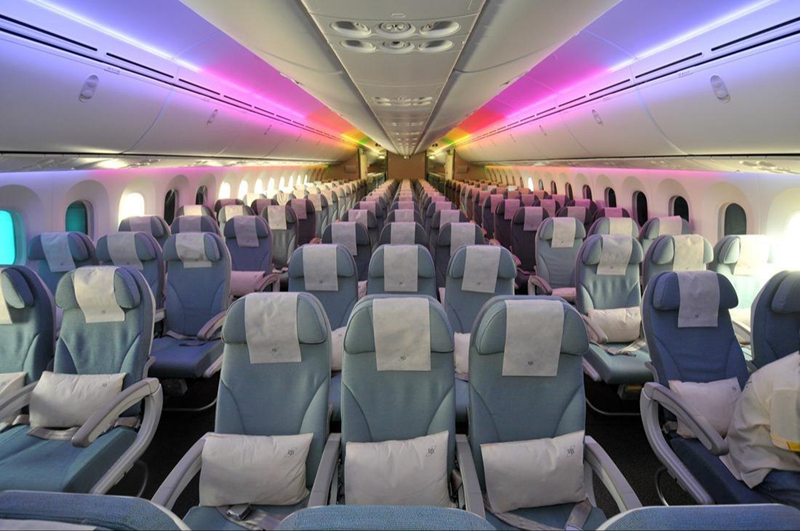
Easy to Use
Disposable airplane headrest covers are easy to put on airplane seats. They fit the seat’s headrest well. Airplane workers can quickly change them after each flight.
They are also easy to throw away. This means airplane workers can clean seats very fast.
Comfort for Passengers
Passengers like clean seats. Passengers feel happy when they know flights are clean. They trust airplanes that use new headrest covers after each flight.
Helps Stop Germs
Using new headrest covers helps keep germs away. Germs can make people sick. Disposable headrest covers stop germs from touching the passenger’s head.
Airplane Cleanliness
Airlines must keep airplanes clean. Disposable airplane headrest covers help keep airplanes clean for each flight.
When passengers board a clean airplane, they feel happy and enjoy their trip.
Following Rules and Regulations
Airplane companies have special teams. These teams check if airplanes follow regulations. Using disposable airplane headrest covers helps pass these checks easily.
Airliners avoid penalties or trouble because they are following the rules well.
Different Types of Disposable Headrest Covers
Here are popular types of disposable airplane headrest covers:
- Non woven airplane headrest cover: Very soft and comfortable.
- Spunbond headrest blanket: Good for longer flights, feels nice to touch, and very strong.
- Disposable headrest covers for airlines: Easy to use, keeps safety guidelines.
Airlines can choose the best types of disposable headrest covers. All types help keep passengers safe.
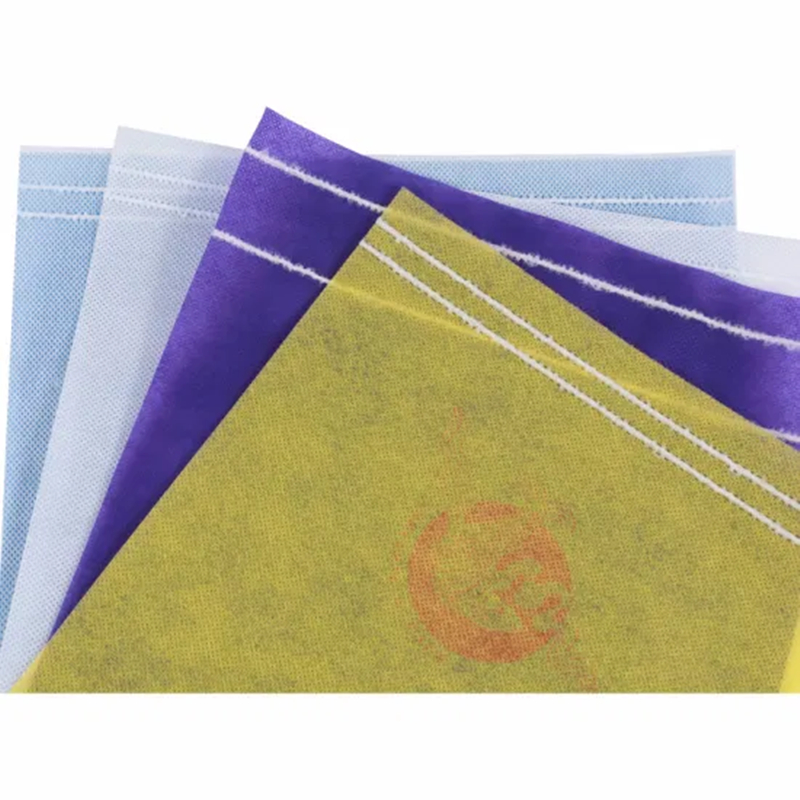
Other Disposable Items Used by Airlines
Airplane companies use other disposable items to help keep flights safe and clean. Some of these are:
- Disposable pillows for airlines: Giving new clean pillows for each passenger helps passengers sleep and feel happy.
- Disposable bedding cover set: Keeps airplane bedding fresh and clean, used on longer flights.
- Disposable non woven apron: Helps airplane workers stay clean when serving passengers food or drinks.
- Disposable blankets and pillows: Passengers enjoy fresh and clean blankets for a good rest on longer flights.
- Disposable towels: Fresh towels for cleaning hands or faces, making passengers feel fresh.
Airlines use these disposable items along with headrest covers. This way, the airplane feels safer and cleaner for all passengers.
How Airplanes Show That They Follow Rules
Airplane workers must show teams that inspect airplanes that they follow rules. They keep track of things they use. When airplanes use disposable airplane headrest covers, they easily show they follow rules.
Each time airplane staff put on a new headrest cover, they know they are keeping people safe. Inspections go well because disposable covers help teams easily prove work was done.
Easy Tips for Using Disposable Headrest Covers
Airplane workers can easily use disposable headrest covers to keep airplanes always safe. Here are some simple tips:
- Always put on new covers after each passenger.
- Check to see that covers fit well.
- Use different covers for different flights.
- Keep covers in a clean place before using them.
Following these easy steps helps airplane companies stay safe, clean, and follow the rules easily.
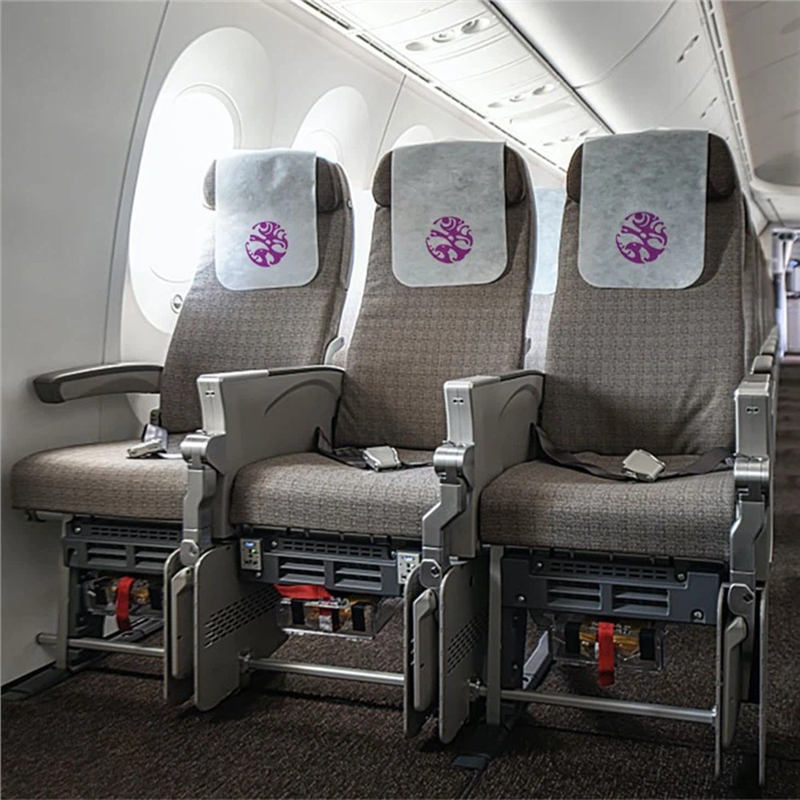
Passengers Feel Good When Rules Are Followed
Airplanes that follow regulations help passengers feel happy. People trust airplane companies more when the airplanes stay clean and safe.
Disposable airplane headrest covers are easy proof to passengers. They show airlines care about passengers’ comfort and safety.
Saving Money with Disposable Items
It may sound like disposable items cost extra money, but they save money overall. Disposable airplane headrest covers save airplane companies money because:
- They do not need washing.
- They do not need workers for cleaning used covers.
- They keep airplanes passing inspections, so airlines do not pay fines.
Over time, airplane companies find they save money by using these covers.
Protecting Passengers Every Flight
Every flight must stay safe. Passengers want to relax and enjoy flying. Airplane workers want to keep passengers safe and healthy.
That is why disposable airplane headrest covers are so important. They stop germs from traveling passenger to passenger. They keep airplane seats clean.
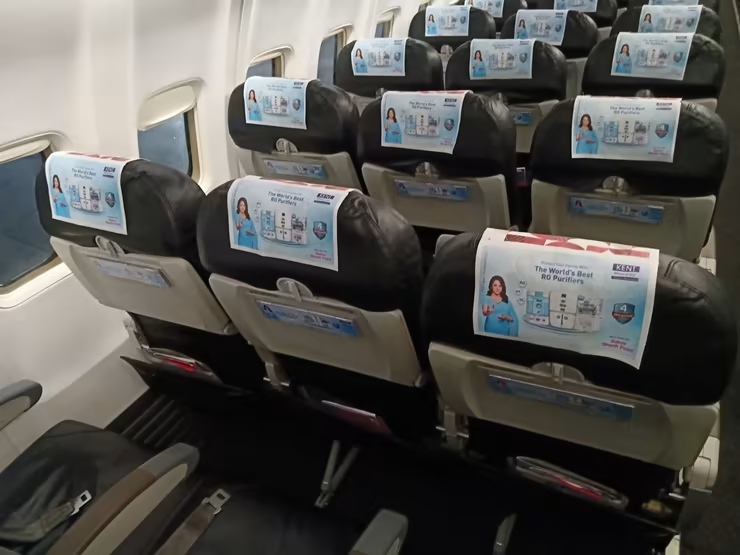
Why Airlines Like Disposable Items
Airlines like disposable items because they are so useful. Disposable items like airplane headrest covers are easy, clean, help pass inspections, save money, and keep passengers happy.
Airlines that use disposable airplane headrest covers build a better experience for passengers. They protect their health and safety in easy, simple ways every flight.
Conclusion
Airline rules and standards help no germs or dirt stay on airplane seats. Disposable airplane headrest covers keep seats extra clean and safe for airplane customers.
Using disposable headrest covers means each passenger has a fresh, clean seat. Airplane companies can easily comply with airline regulations and safety standards.
Paired with other clean disposable items such as disposable pillows and bedding, airplanes stay very comfortable and safe for all passengers.
Disposable airplane headrest covers help all airlines provide safe, comfortable flights for each and every passenger.

